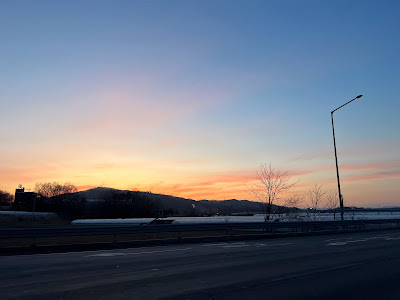Korea is a country known for its beautiful landscapes, and Anseong City in Gyeonggi-do is no exception. The city is characterized by its wide fields, which provide the perfect backdrop for capturing stunning sunset photographs. Recently, I had the opportunity to photograph the sunset in Anseong City using the Nikon Z5 and 24-200mm lens, and I must say, the results were breathtaking.
The Nikon Z5 is a mirrorless camera that features a 24.3-megapixel full-frame sensor, which is capable of capturing images with incredible detail and clarity. The 24-200mm lens, on the other hand, provides a versatile range, making it ideal for landscape and portrait photography.
As I set out to capture the sunset, I was immediately struck by the vastness of the fields in Anseong City. The sun was setting behind the mountains, casting a warm glow over the entire landscape. I quickly set up my camera and began capturing images, taking advantage of the 24-200mm lens's versatility to capture both wide-angle and close-up shots.
The sunset was truly a sight to behold, and I was grateful to be able to capture it with the Nikon Z5 and 24-200mm lens. The fields in Anseong City provided the perfect canvas for the sun's warm hues, and the resulting photographs were nothing short of stunning.
In conclusion, Anseong City's wide fields offer a unique and beautiful setting for capturing sunset photographs. The Nikon Z5 and 24-200mm lens proved to be a winning combination, allowing me to capture the beauty of the sunset with incredible detail and clarity.





Comments
Post a Comment